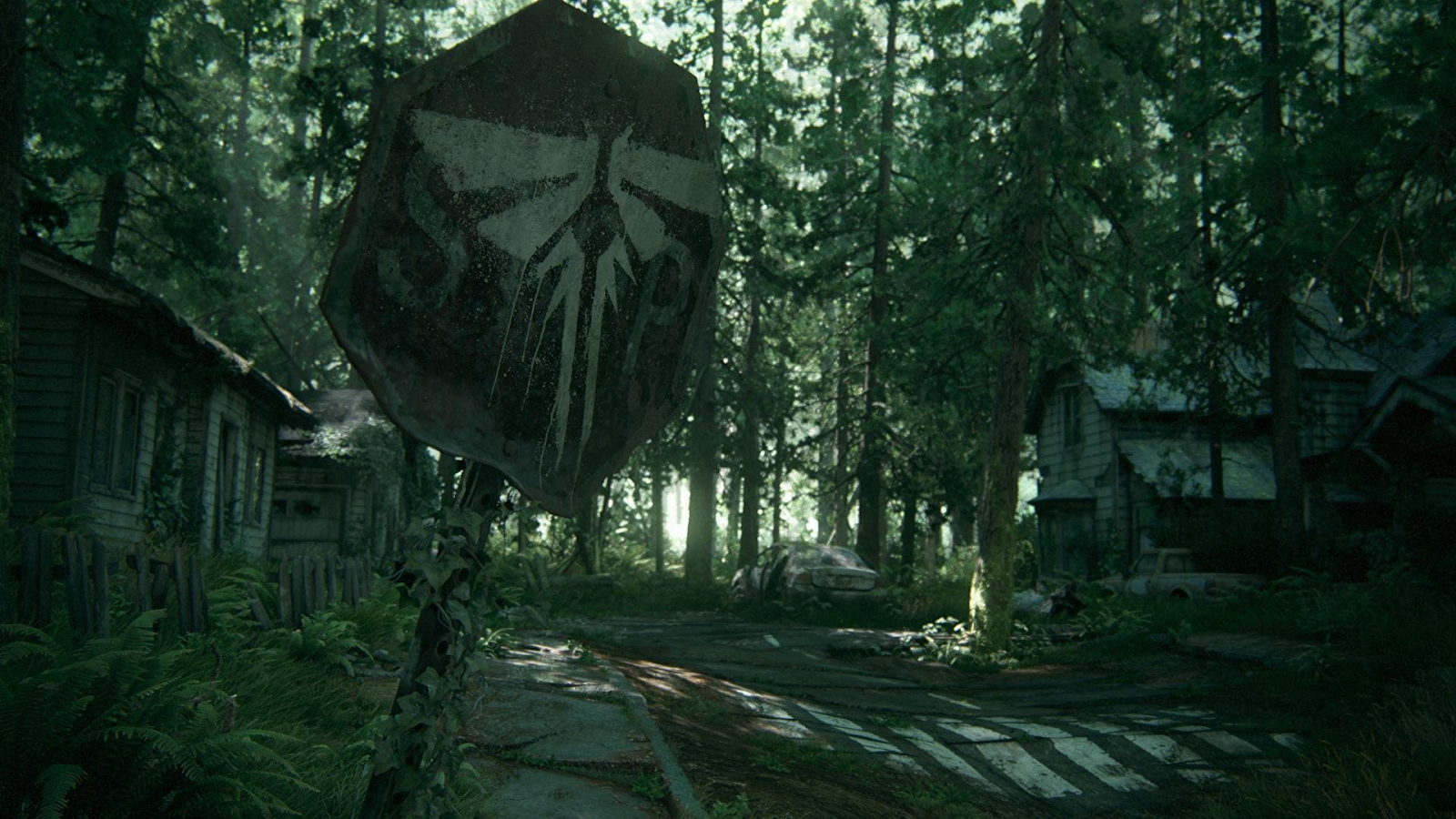The Haunting High Budget Beauty of ‘The Last of Us’
Source: CarlitoSan, WallpaperUp
Video game adaptations rarely receive the prestige treatment of other properties. This is in part due to their difficulty; how do you translate an interactive medium to a passive one without losing the appeal of the source material or awkwardly recreating the gameplay?
In a New Yorker profile leading up to HBO’s “The Last of Us” series, showrunner Craig Mazin referenced the failed adaptation of Doom when explaining the barriers to success. “There’s nothing there that you can’t generate on your own… If what the property is giving you is a name and a built-in thing, you’re basically setting yourself up for disaster.” The fact a game adaptation obtained such a high-caliber producer and a profile in a mainstream publication speaks to how it has reached heights few others have.
Mazin also created Chernobyl, another apocalyptic drama widely acclaimed for many of the same reasons "The Last of Us” was praised for upon its explosive release in 2013: a thrilling narrative, well-written characters and a masterfully crafted world. Set largely in the 2030s, the game is set in a world ravaged by a global outbreak of the Cordyceps fungus, a parasite that transforms people into zombified hosts. The player controls aging smuggler Joel as he crosses the country to deliver Ellie, a teenage girl immune to the fungus who may be the key to eliminating it altogether.
The game was universally praised for its groundbreaking graphical fidelity and brutal gameplay, but its distinguishing factor is still what it’s most known for, the narrative and characters. The narrative is not completely novel, but it injected the cinematic spectacle of a movie into a video game, and the characters felt real. The dialogue is lifelike, the worldbuilding is detailed and the story is both massive in scope and highly personal.
The cinematic appeal of “The Last of Us" narrative led some to speculate about an adaptation. The glaring issue was that games have a reputation for spawning subpar movies and television shows. Known as the “video game adaptation curse,” it’s based on the observation that Hollywood has a difficult time translating games into another medium. From the 1993 Super Mario Bros. movie to the more recent Halo on Paramount+, there have been many flops, particularly with live-action.
The curse’s existence became highly debated with the show’s release; while some in the media articles claimed that it finally broke the curse, others pointed out that series such as Arcane and The Witcher already proved that adaptations are not cursed, they merely require the same attention put into any successful production. Regardless, The Last of Us is one of the first video game adaptations to reach a unique prestige status on par with other blockbuster series. It was the largest television production in Canadian history, extensively marketed by HBO and attracted profiles of the cast in major publications such as The New York Times. “The Last of Us” was already mainstream among the gaming community, but now Joel and Ellie’s story will become known by everyone as it airs under the most prestigious banner in the television industry.
While only a few episodes have aired so far, the show has already demonstrated that it is a juggernaut in both quality and quantity. Combining the creative forces of Mazin and the game’s co-creator Neil Druckmann, each scene feels both strikingly beautiful and horrifying. It avoids overusing CGI and focuses on practical effects, taking advantage of physical set construction to add layers the game could not.
Despite some changes, fans of "The Last of Us” will appreciate the accuracy of the environment and the character acting. The show deftly avoids the snares of failed game adaptations by ensuring that the source material’s post-apocalyptic appeal is present even as it makes sacrifices for the sake of television. While the game is able to have extended sequences, television demands a more streamlined approach as a passive medium.
It also allows for new sequences with both familiar and new characters due to not being confined to the protagonists’ perspectives. Viewers get to see Ellie in Boston before she meets Joel for the first time and the first two episodes open with original scenes that expand on the world before the apocalypse hit, making for some of the scariest scenes in the show.
Whether "The Last of Us” broke the game adaptation curse is ultimately irrelevant as the show is already breaking records. It obtained the highest second-episode viewership increase in HBO history and had the network’s second-largest premiere in over a decade. It seems almost inevitable that “The Last of Us’” cultural impact is going to extend far beyond the realm of gaming, but the core journey of Joel and Ellie is preserved in what looks to be another hauntingly beautiful entry in the franchise.
